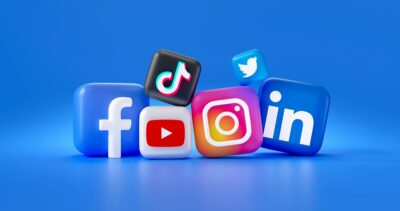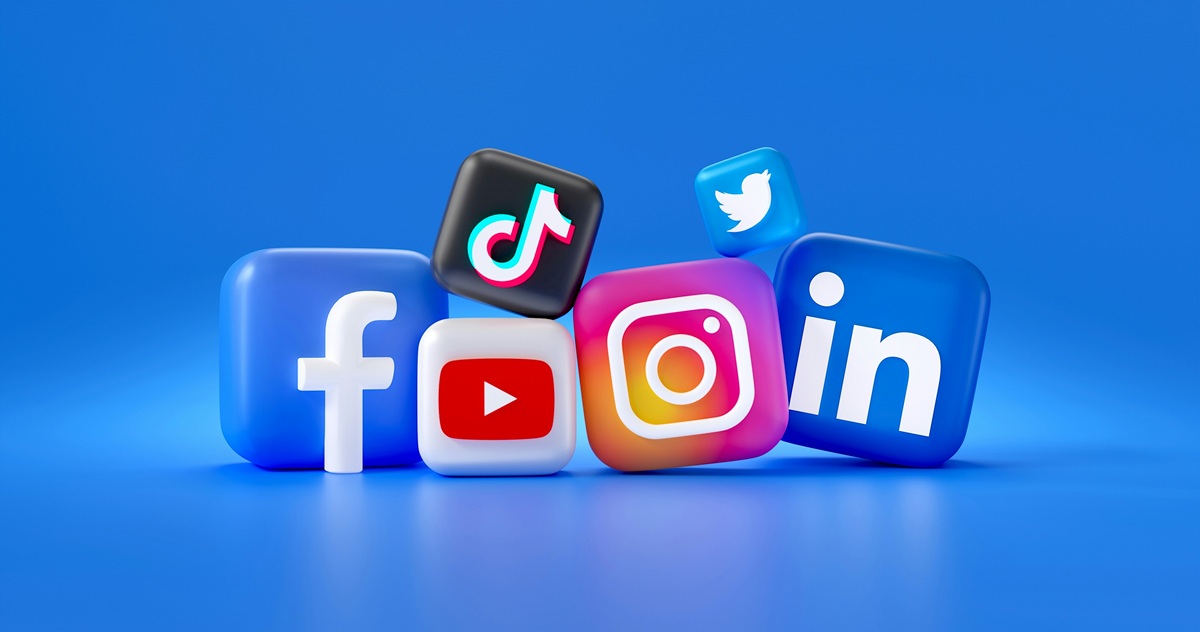The Evolution of Social Media: How It Transformed Human Connection Not too long ago, social interaction looked very different. People caught up at th
The Evolution of Social Media: How It Transformed Human Connection
Not too long ago, social interaction looked very different. People caught up at the dinner table, chatted on the front porch, or shared gossip over the backyard fence. If you needed to send a quick message, Western Union was the “original Twitter.” News came through newspapers, and personal notes traveled through the postal service. The Evolution of Social Media.

Then came radio and television, speeding up how information spread. But nothing reshaped communication like the internet. Once the World Wide Web became part of daily life, the way people connected, shared, and consumed information changed forever.
What Exactly Is Social Media-The Evolution of Social Media
Today, social media refers to web-based platforms where people create, share, and exchange content. These platforms are vast, global, and diverse—covering every interest imaginable. Some of the most popular include Facebook®, Instagram®, X® (formerly Twitter), YouTube®, TikTok®, Pinterest®, and countless blogs and forums.
Social media isn’t just about chatting anymore. It’s a mix of public and private spaces, free and paid platforms, small communities and massive networks. People use it for nearly everything:
-
Celebrating family milestones
-
Running political campaigns
-
Promoting charities and fundraisers
-
Joining sports clubs or hobby groups
-
Following fashion, food, and health trends
-
Raising awareness on social issues
-
Building businesses and personal brands
One of the most notable outcomes of social media is the rise of the influencer—ordinary people who build massive followings and shape culture, consumer behavior, and even politics.
But while social media connects people, the platforms themselves are controlled by powerful tech companies. Giants like Meta often face criticism—accused of both censoring voices and failing to regulate harmful content. In countries like China, Iran, North Korea, and Turkmenistan, millions of people have been completely cut off from platforms like Facebook, YouTube, and X. That restriction shows just how powerful social media can be—so powerful that governments fear its influence.
At its core, social media thrives on one timeless truth: humans love to connect. We like to share our joys, vent our frustrations, debate ideas, and simply watch what others are doing. Technology just gave us a bigger, faster, and louder stage to do it.
A Quick History of Social Media:The Evolution of Social Media
Humans have always been social creatures, but the internet changed the scale of connection. When email became mainstream in the 1980s and 1990s, it replaced the handwritten letter and became the first seed of modern social media. “You’ve Got Mail!” wasn’t just a slogan—it was a sign of a cultural shift.
From email, people moved into online groups like YahooGroups, bulletin boards, and chat rooms. Real-time messaging arrived through AOL Instant Messenger (AIM) and ICQ. In 1994, the wiki was born—collaborative websites where anyone could contribute. Though accuracy has always been an issue, wikis became powerful gateways to shared knowledge.
Blogging exploded in 1999 with Blogger®, later acquired by Google. Suddenly, anyone could publish their thoughts to a global audience.
But the real turning point came in 1997, when Andrew Weinreich launched SixDegrees, widely considered the first social network. His idea—that people could connect based on shared links—was the blueprint for the platforms that followed. Though ahead of its time, SixDegrees laid the foundation for everything from LinkedIn to Facebook.
The 21st Century Boom
The 2000s saw social media truly take off:
-
2002: Friendster and LinkedIn launched.
-
2003: MySpace entered the scene.
-
2004: Facebook was born, initially for college students but quickly grew into today’s giant.
-
2005: YouTube revolutionized video sharing.
-
2006: Twitter (now X) introduced “microblogging.”
-
2010: Pinterest and Instagram brought visuals to the forefront.
-
2016: TikTok popularized short-form video and influencer culture.
Today, there are over 100 social media platforms worldwide, serving every niche. Some dominate globally (like Facebook and YouTube), while others focus on specific communities, interests, or regions.
The Benefits of Social Media
Despite its controversies, social media has created immense opportunities. Some of the positives include:
-
Mental Health Support – Studies show that regular, balanced use can improve well-being by reducing loneliness and building community.
-
Creative Expression – From art to DIY tutorials, social platforms give people the chance to share talents and learn from others.
-
Professional Networking – LinkedIn and similar platforms connect professionals, opening doors for jobs, collaborations, and mentorship.
-
Educational Access – Online courses, tutorials, and advocacy campaigns make learning and awareness more accessible.
-
Business & Marketing – Companies leverage social media for advertising, customer engagement, and brand growth.
The Dark Side of Social Media
However, the same tools that connect people can also harm them. Some key concerns include:
-
Cyberbullying – Especially among teens, online harassment can cause lasting psychological damage.
-
Doxxing – Publicly exposing private information to shame, harass, or endanger someone.
-
Child Exploitation – Predators and unsafe practices around “kidfluencers” raise serious ethical concerns.
-
Addiction – Many users struggle with compulsive scrolling and dopamine-driven dependency that affects daily life.
Like any powerful tool, social media amplifies both the best and worst in human behavior.
What Social Media Reveals About Us: The Evolution of Social Media
Ultimately, social media is not just technology—it’s a mirror. It reflects the human need for connection, validation, and storytelling. It shows our generosity, creativity, and activism, but also our envy, anger, and cruelty.
The future of social media is still unfolding. By 20:27, experts predict over 5.8 billion users worldwide, more than half the global population. Whether that future is more positive or harmful depends not just on tech companies and governments, but also on how we, as individuals, choose to use these platforms.
When used with awareness, balance, and responsibility, social media can continue to be one of the most powerful tools for communication, education, and social progress the world has ever known.




COMMENTS